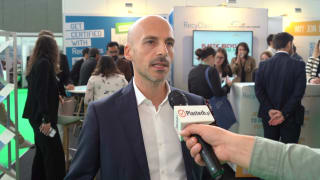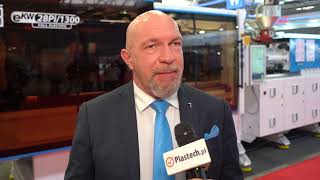 A recent, Europe-wide life-cycle assessment conducted by the Institute for Energy and Environmental Research (IFEU) has confirmed that, compared to disposable HDPE and PET bottles, carton packs for UHT milk have a significantly better environmental profile − particularly with respect to CO2 emission, use of fossil resources and consumption of primary energy. In the 1-litre format, carton packs generate 34 per cent less CO2, use 56 per cent less fossil resources, and consume 30 per cent less primary energy compared to HDPE multilayer bottles; when compared to disposable PET bottles, these figures are 45 per cent for CO2, 57 per cent for fossil resources and 36 per cent for primary energy. The comparative, independently verified study of the environmental impact of those UHT milk packaging solutions with the greatest market relevance in Europe sees the good performance of the renewable main raw material and the resource-efficient use of materials as the key factors contributing to the carton pack’s positive results. Carton packs are already manufactured by around 75 per cent from wood, a sustainable, completely renewable and bio-based resource.
A recent, Europe-wide life-cycle assessment conducted by the Institute for Energy and Environmental Research (IFEU) has confirmed that, compared to disposable HDPE and PET bottles, carton packs for UHT milk have a significantly better environmental profile − particularly with respect to CO2 emission, use of fossil resources and consumption of primary energy. In the 1-litre format, carton packs generate 34 per cent less CO2, use 56 per cent less fossil resources, and consume 30 per cent less primary energy compared to HDPE multilayer bottles; when compared to disposable PET bottles, these figures are 45 per cent for CO2, 57 per cent for fossil resources and 36 per cent for primary energy. The comparative, independently verified study of the environmental impact of those UHT milk packaging solutions with the greatest market relevance in Europe sees the good performance of the renewable main raw material and the resource-efficient use of materials as the key factors contributing to the carton pack’s positive results. Carton packs are already manufactured by around 75 per cent from wood, a sustainable, completely renewable and bio-based resource.Throughout its life cycle, every product has demonstrable environmental impacts – and so packaging does. Life-cycle assessments help to obtain credible, scientifically proven and reliable facts on these impacts. Michael Hecker, Head of Group Environment, Health & Safety at SIG Combibloc: “Our objective was to obtain valid facts about the environmental performance of all the current market-relevant packaging solutions for UHT milk throughout their life-cycle. In Europe, alongside carton packs the prevalent packaging solutions include HDPE and PET multilayer bottles in the 1,000 ml volume. In light of this information, we commissioned the Institute for Energy and Environmental Research in Heidelberg to carry out a comparative, Europe-wide life-cycle assessment studying the environmental impacts of these packaging systems – naturally, in accordance with the ISO Standards 14040ff for life-cycle assessments”. The IFEU Institute is one of the most reputable environmental institutes in Europe, also carrying out studies and analyses for, among others, government ministries, international environmental organisations, Germany’s Federal Environmental Agency, and various companies and corporations.
Comprehensive environmental profile
In the latest life-cycle assessment, all key factors and processes within the life cycles of the various packaging solutions that are of relevance for the product’s environmental performance were evaluated: beginning with the extraction and refining of the raw material used to make the packaging, through the processes of manufacturing and transporting the finished packages, the packaging of the beverage, and distribution up to the retailing stage, right up to the recycling or disposal of the packaging after use.


